Key Takeaways:
- Rhipsalidopsis, also known as Easter Cactus or Spring Cactus, is a type of epiphytic cactus native to the rainforests of Brazil.
- Rhipsalidopsis comes in various cultivars, each with unique characteristics and flower colors.
- The ideal temperature range for Rhipsalidopsis is between 65°F to 75°F (18°C to 24°C), and it requires bright, indirect light.
- Water the plant when the top inch of soil is dry and maintain high humidity levels.
- Choose well-draining soil and pots with drainage holes for optimal growth.
- Regular pruning and shaping promote new growth and a more compact habit.
- Fertilize during the active growing season, following the recommended frequency and strength.
- Common pests of Rhipsalidopsis include mealybugs, scale insects, and spider mites.
- Propagate Rhipsalidopsis through stem cuttings, and repot it when necessary.
1. Understanding the Fascinating World of Rhipsalidopsis
1.1 What are Rhipsalidopsis?
Rhipsalidopsis, commonly known as Easter Cactus or Spring Cactus, belongs to the family Cactaceae. It is a type of epiphytic cactus native to the rainforests of Brazil. Unlike the traditional desert cacti, Rhipsalidopsis thrives in a more humid environment. It features flattened segmented stems with beautiful flowers that bloom in spring, making it a popular choice among plant enthusiasts. Rhipsalidopsis is often prized for its ability to produce vibrant and eye-catching blooms in a variety of colors. The genus Rhipsalidopsis includes several species, each with its unique characteristics and flower colors.
1.2 Origin and History of Rhipsalidopsis
The history of Rhipsalidopsis can be traced back to the 19th century when it was first discovered in the rainforests of Brazil. It was initially classified under the genus Schlumbergera but was later reclassified to Rhipsalidopsis. These plants are known for their adaptive nature and ability to survive in different environments. The popularity of Rhipsalidopsis as a houseplant soared in the early 20th century when hybridization techniques were developed, resulting in the creation of new and vibrant varieties.
1.3 The Different Varieties of Rhipsalidopsis
Rhipsalidopsis comes in a variety of cultivars, each with its distinct characteristics and flower colors. Some popular varieties include:
- Rhipsalidopsis gaertneri: This variety features bright pink flowers and is known for its compact growth habit.
- Rhipsalidopsis rosea: With delicate pale pink flowers, this variety is sought after for its elegant beauty.
- Rhipsalidopsis truncata: Known for its striking red flowers, this variety is a standout among its counterparts.
- Rhipsalidopsis x hybrid: This category includes hybrid cultivars that showcase a wide range of flower colors, including red, pink, orange, and white.
These are just a few examples of the diverse range of Rhipsalidopsis varieties available to plant enthusiasts. Each variety adds its unique charm to any collection, making it a delight for both beginners and experienced growers.
2. Creating the Perfect Environment for Your Easter Cactus
Ideal Temperature and Lighting Conditions for Rhipsalidopsis
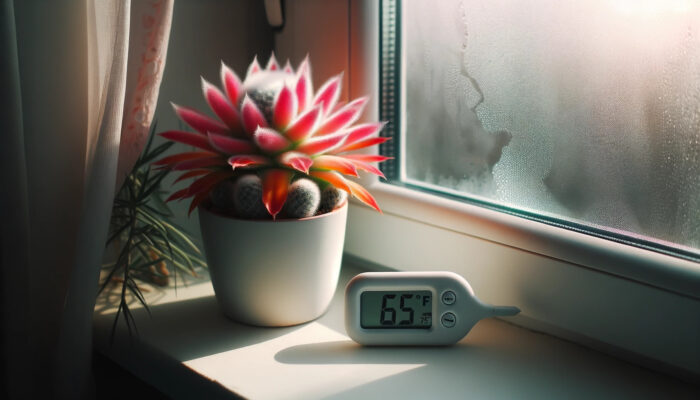
Rhipsalidopsis thrives in an environment that mimics its natural habitat. It prefers temperatures between 65°F to 75°F (18°C to 24°C) during the day and slightly cooler temperatures at night. It is essential to provide the plant with bright, indirect light to ensure healthy growth and abundant flowering. Placing your Easter Cactus near a north or east-facing window is ideal. Avoid exposing the plant to direct sunlight, as it can lead to sunburn and damage the delicate foliage.
Providing the Proper Watering and Humidity for Your Easter Cacti

In their natural habitat, Rhipsalidopsis receives regular rainfall and high humidity levels. As a houseplant, replicating this environment is crucial for its well-being. Water your Easter Cactus thoroughly when the top inch of soil feels dry to the touch. However, be cautious not to overwater, as it can lead to root rot. It is best to use well-draining soil and pots with drainage holes to prevent waterlogged conditions. Additionally, increasing humidity around the plant by misting or placing a tray filled with water and pebbles nearby can help create an ideal environment.
Tips for Choosing the Right Soil and Pot for Your Rhipsalidopsis
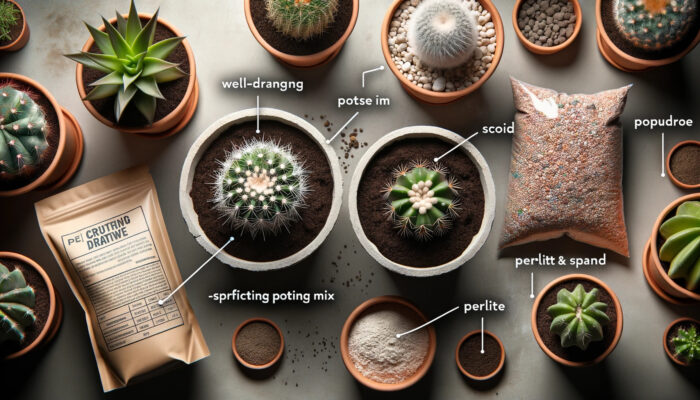
Choosing the right soil and pot is essential for the health and growth of your Easter Cactus. Opt for a well-draining potting mix that is specifically formulated for cacti and succulents. A mix that includes materials like perlite and sand helps promote proper drainage and prevents waterlogged conditions. When selecting a pot, choose one that is slightly larger than the current root system of your plant to allow for growth. Ensure the pot has drainage holes to prevent water accumulation at the roots and potential rotting.
3. Nurturing and Caring for Your Easter Cacti
The Importance of Regular Pruning and Shaping

Regular pruning and shaping are essential for maintaining the health and aesthetic appeal of your Easter Cactus. Pruning helps remove any dead or diseased parts of the plant, promoting new growth. Additionally, trimming back the stems encourages branching and a more compact growth habit. Pruning can be done after the plant has finished blooming. Using clean, sterile pruning shears, selectively remove the desired stems, making clean cuts just above a joint or segment. This process will help maintain the shape and improve the overall appearance of your Rhipsalidopsis.
Fertilizing Techniques for Promoting Healthy Growth
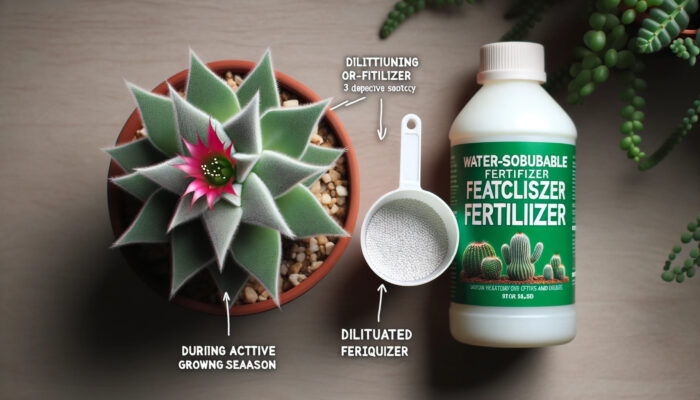
Proper fertilization is crucial for the overall health and growth of your Easter Cactus. During the active growing season, which typically occurs from spring to early fall, provide a balanced, water-soluble fertilizer formulated for cacti and succulents. Dilute the fertilizer to half the recommended strength and apply it every two to four weeks. Avoid fertilizing during the dormant period, as the plant’s nutrient requirements significantly decrease at that time. Always follow the manufacturer’s instructions and avoid overfertilization, as it can lead to burns and damage to the plant.
Dealing with Common Pests and Diseases in Rhipsalidopsis
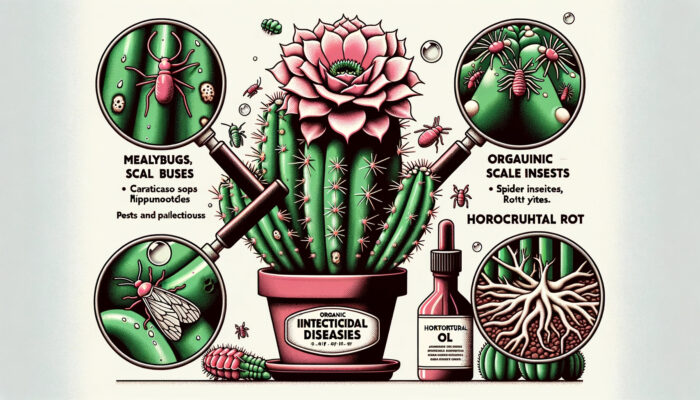
Rhipsalidopsis is generally a hardy plant, but it can still be susceptible to certain pests and diseases. Common pests include mealybugs, scale insects, and spider mites. Regularly inspect your plant for any signs of infestation, such as webbing, sticky residue, or distorted growth. To combat these pests, use organic insecticidal soaps or horticultural oils, following the manufacturer’s instructions. Additionally, maintaining good airflow around the plant and avoiding excessive moisture can help prevent fungal diseases such as root rot. If you notice any signs of disease, promptly remove and dispose of the affected parts to prevent spreading.
4. Propagation and Repotting Tips for Rhipsalidopsis
Step-by-Step Guide to Propagating Easter Cacti from Cuttings
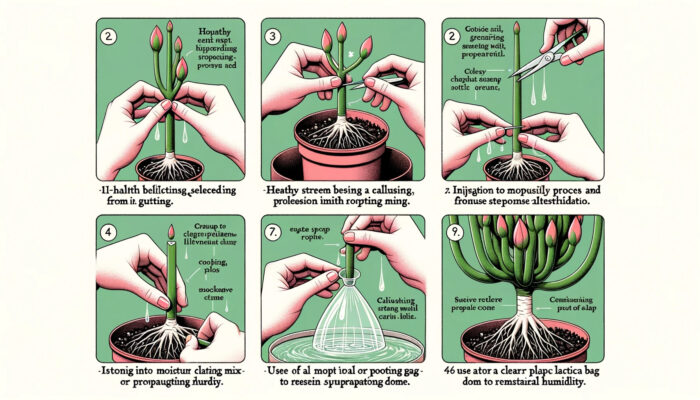
Propagating Rhipsalidopsis from cuttings is a rewarding and relatively straightforward process. Follow these steps for successful propagation:
- Select a healthy section of stem with at least three to four segments.
- Allow the cutting to callus over for a few days to minimize the risk of rotting.
- Prepare a well-draining potting mix and moisten it slightly.
- Insert the cutting into the potting mix, ensuring that at least one segment is buried below the soil.
- Place the pot in a warm and brightly lit location, avoiding direct sunlight.
- Maintain slightly higher humidity around the cutting by covering it with a clear plastic bag or using a propagation dome.
- Keep the soil slightly moist but not overly wet during the rooting process.
- After a few weeks, the cutting should develop roots and can be treated as a mature plant.
When and How to Repot Your Rhipsalidopsis
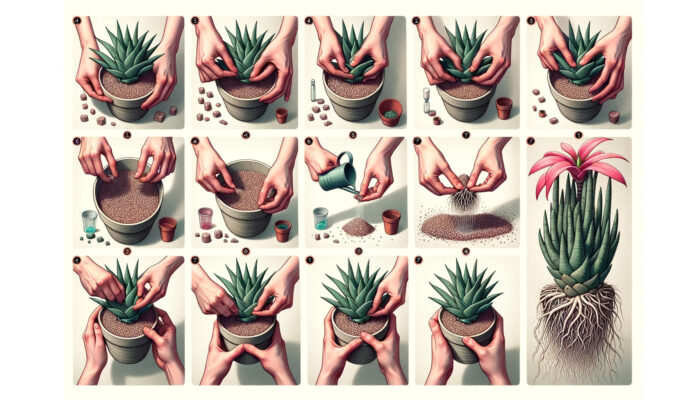
Repotting your Rhipsalidopsis is necessary when the plant has outgrown its current pot or when you notice signs of root congestion. The best time to repot is in the spring, just as the plant enters its active growing phase. Follow these steps for successful repotting:
- Select a new pot that is one size larger and has drainage holes.
- Prepare a well-draining potting mix suitable for cacti and succulents.
- Gently remove the plant from its current pot, being careful not to damage the roots.
- Inspect the roots and trim any damaged or rotting parts.
- Place a layer of fresh potting mix at the bottom of the new pot.
- Position the plant in the center of the pot and fill in the remaining space with potting mix, ensuring that the roots are adequately covered.
- Gently press down the soil to secure the plant and water thoroughly.
Troubleshooting Repotting Issues and Ensuring Successful Transplanting
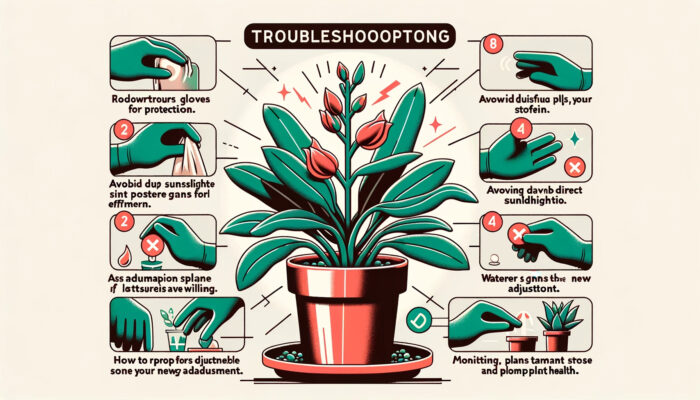
While repotting Rhipsalidopsis is generally a straightforward process, it is crucial to pay attention to a few key factors to ensure successful transplantation:
- Use gloves when handling the plant to protect yourself from any spines or prickles.
- Avoid overwatering immediately after repotting, as it can lead to root rot.
- Allow the plant a few days to adjust to its new pot and avoid direct sunlight during this period.
- Monitor the plant for any signs of stress, such as wilting or leaf drop, and adjust watering and lighting accordingly.
By following these propagation and repotting tips, you can expand your collection of Rhipsalidopsis and ensure the continued growth and vitality of your plants.
Remember, successful cultivation of Rhipsalidopsis requires a combination of a conducive environment, proper care, and regular maintenance. By providing the optimal conditions and attending to the plant’s specific needs, you can enjoy the beauty of Easter Cacti for years to come. Happy growing!
FAQ
Question: What is Rhipsalidopsis?
Rhipsalidopsis, commonly known as Easter Cactus or Spring Cactus, belongs to the family Cactaceae. It is a type of epiphytic cactus native to the rainforests of Brazil. It features flattened segmented stems with beautiful flowers that bloom in spring, making it a popular choice among plant enthusiasts.
Question: What are the different varieties of Rhipsalidopsis?
It comes in a variety of cultivars, each with its distinct characteristics and flower colors. Some popular varieties include Rhipsalidopsis gaertneri, Rhipsalidopsis rosea, Rhipsalidopsis truncata, and Rhipsalidopsis x hybrid. These varieties showcase a wide range of flower colors and add their unique charm to any collection.
Question: What are the ideal temperature and lighting conditions for Rhipsalidopsis?
This cactus thrives in temperatures between 65°F to 75°F (18°C to 24°C) during the day and slightly cooler temperatures at night. It requires bright, indirect light and should be placed near a north or east-facing window, avoiding direct sunlight.
Question: How should I water and provide humidity for my Easter Cacti?
Water your Easter Cactus thoroughly when the top inch of soil feels dry to the touch. Use well-draining soil and pots with drainage holes to prevent waterlogged conditions. Increasing humidity around the plant by misting or using a tray filled with water and pebbles nearby can help create an ideal environment.
Question: What type of soil and pot should I choose for my Rhipsalidopsis?
Choose a well-draining potting mix specifically formulated for cacti and succulents. A mix with materials like perlite and sand helps promote proper drainage. Select a pot that is slightly larger than the current root system of your plant and ensure it has drainage holes to prevent water accumulation at the roots.
Question: Why is regular pruning and shaping important for Easter Cacti?
Regular pruning and shaping are essential for maintaining the health and aesthetic appeal of your Easter Cactus. Pruning helps remove any dead or diseased parts of the plant, promoting new growth. Additionally, trimming back the stems encourages branching and a more compact growth habit.
Question: How should I fertilize my Rhipsalidopsis for healthy growth
During the active growing season, provide a balanced, water-soluble fertilizer formulated for cacti and succulents. Dilute the fertilizer to half the recommended strength and apply it every two to four weeks. Avoid fertilizing during the dormant period.
Question: How can I propagate and repot my Rhipsalidopsis?
It can be propagated through stem cuttings. Select a healthy section of stem, allow it to callus over, and then plant it in a well-draining potting mix. Repotting is necessary when the plant outgrows its current pot or shows signs of root congestion. Repot in the spring using a slightly larger pot and fresh potting mix.

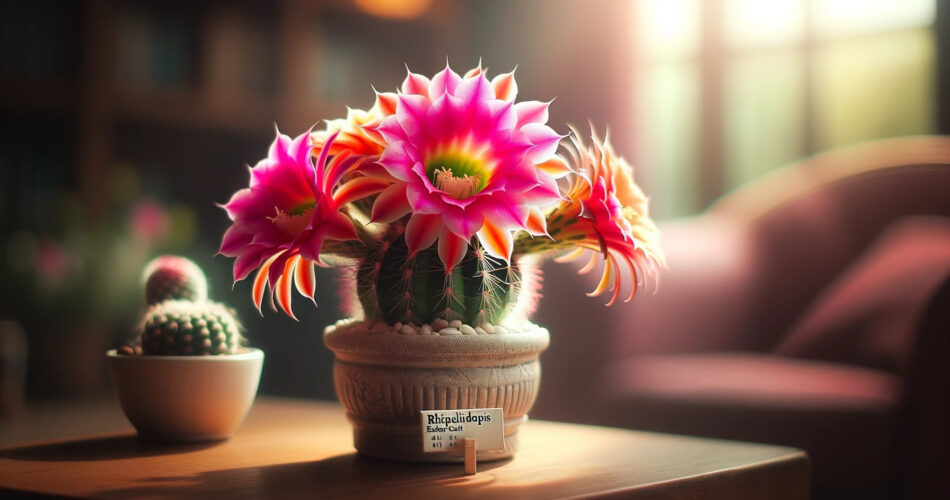


Comments